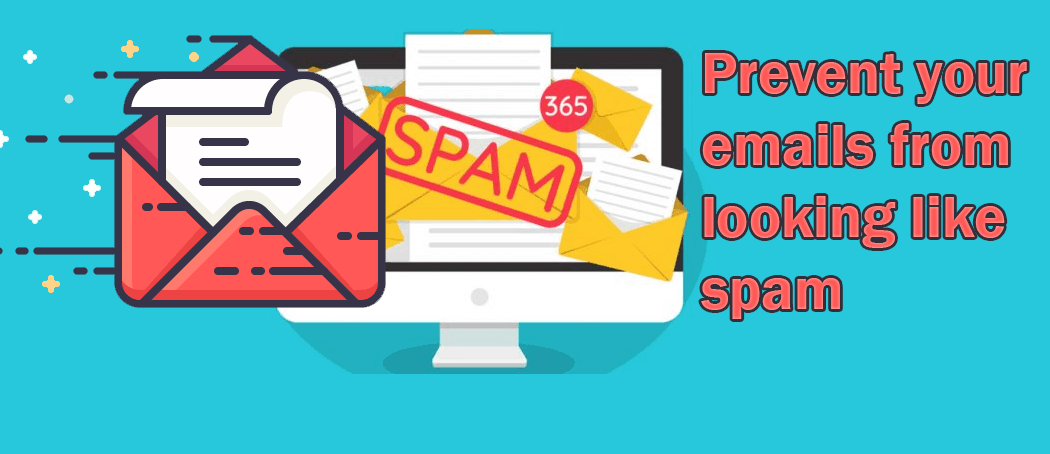One of the biggest reasons why your email marketing isn’t working is because both your recipients and their email clients conclude that your email is spam.
There is still some scope if your recipient decides whether your email message is spam or not, but if the email client (Gmail, for example) itself takes charge, sometimes your recipient doesn’t even realize that he or she is missing your messages.
There are many ways you can prevent your email messages from looking like spam and consequently, being marked as spam both by human and machine.
Here are a few things you can do
Build your own mailing list – patience pays
For successful email marketing, nothing is better than building your own mailing list.
It takes time.
It is like building a house or a building, brick by brick.
One of the biggest benefits of building your own mailing list is that you can request your subscribers to “white list” the email ID from which they are going to receive your email updates.
When someone submits his or her email ID to your subscription form, he or she is taken to a thank you page. On this page, you can instruct the person on how to white list your email ID so that your messages are not redirected to the spam folder.
Another benefit is that when people subscribe to your updates, they are fully aware of what they are going to receive.
When you subscribe to my Credible Content updates, you are fully aware that you are going to receive updates on content marketing and content writing. So, when you get these updates, you are not caught off guard and in frustration, you don’t mark my messages as spam.
At the most, when you don’t want to hear from me, you will simply unsubscribe. Which is much better.
Don’t offer something lucrative to make people sign up for your updates
I have seen that even reputed and well-known businesses, individuals and publications use this tactic – they offer a useful e-book or a white paper in lieu of getting a new subscriber for their newsletter.
If you have an e-book or a white paper or a case study that you think might help your current and prospective customers and clients, just give it to them.
Offer them something for which they would like to subscribe to your updates, as a long-term value, not as an instant bait.
Preferably, encourage them to join your mailing list or newsletter for the quality of your content.
When you offer something lucrative, people simply sign up for your newsletter, download the e-book (or whatever you are offering for subscribing) and then unsubscribe, or simply mark your messages as spam later on when they cannot make out why you are sending them messages.
Make it very clear why they are subscribing – this is one of the best ways of preventing your email from looking like spam.
Avoid using words and expressions that are frowned upon by spam filters
Over the years, spam filters have developed a huge collection of words and triggers that they use to consign messages to the spam folder.
Expressions like “earn extra cash”, “double your income”, “make money”, “online degree”, and so on, automatically get your message marked as spam.
You can search on the Internet to find lists of words that you should avoid using, especially in the subject line.
Provide quality content through your email
Remember that people subscribe to your updates because they expect to receive some valuable information that they can use to improve their lives.
Stick to the theme you promised at the time of the signup. Continue to send quality content that is highly valuable to them.
Be regular and stick to a routine when sending out your email campaigns
Another reason why your recipients may think that you are sending them spam emails is that they lose track of who you are and what business you represent.
For successful email marketing and to make sure that your messages are not marked as spam, you need to be regular and you need to stick to the schedule.
For example, if you send out an email every Wednesday, then make sure that you send that email every Wednesday.
I have often observed with different clients that they send out emails whenever they feel like. Sometimes, they simply send one or two haphazard emails in a month. This doesn’t work.
Making sure that your email messages are not marked as spam involves lots of precautions but your content, and the way you generate your mailing list, are the most important ones.

